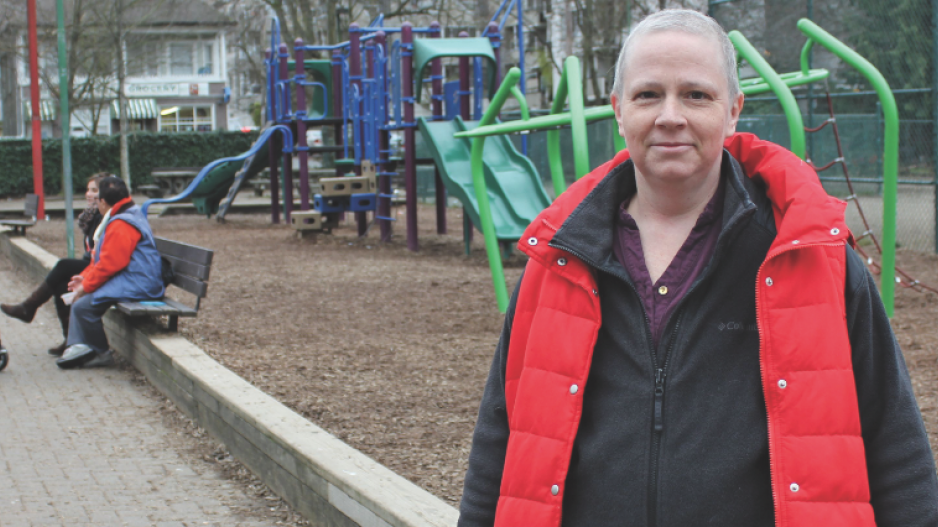Christine Fretwell waited a year and a half to get her twin boys into a YMCA after-school care program at Lord Roberts Elementary in Vancouver’s West End. She knows she’s not the only parent who struggled to fill the gap between when school lets out and the workday ends.
“I was there at the orientation for the Kindergarten parents this year and some of them were still looking for child care the first week of September, not realizing that it pretty much doesn’t exist,” Fretwell said. “They make arrangements with other parents and hope those work out.”
Fretwell, a marketing analyst, is currently off work as she undergoes treatment for cancer. But the single mom doesn’t dare give up her after-school care spots.
“Luckily the [YMCA] lets you pay on your credit card, so I will be paying this off for a while,” Fretwell said.
The child care conundrum parents of pre-school aged children face is well known: long waitlists and high fees are the norm. But in Vancouver there is actually a greater need for after-school care: 10,000 spots are needed compared to the 7,500 shortfall for infant and toddler child care spaces, according to the city’s calculations.
In Quebec, where before and after-school care is part of the province’s subsidized child care system, 86% of parents use school-aged care compared to only 43% of B.C. parents, according to Statistics Canada.
Vancouver is undergoing a demographic shift that further adds the challenge, as young families who have been priced out of single-family neighbourhoods flock to downtown neighbourhoods like Yaletown and the West End.
“The child population in downtown Vancouver has increased significantly in the last 10 years. It’s quite amazing,” said Mary Clare Zak, social planner for the City of Vancouver.
Only 17% of need for after-school care is being filled in the West End and Yaletown and just 7% of need is being met in the East Vancouver neighbourhood of Sunset, said Zak. Other pinch points include Kerrisdale and South Vancouver.
Several factors make operating after-school care a challenge. It’s harder to cover costs than other types of child care and it’s difficult to find staff willing to work split shifts with less than full-time hours.
Finding space is another challenge. The most convenient location is within the school itself, but schools need to have a multipurpose room available, like an unused classroom, which often needs some retrofits in order to meet provincial licensing regulations. And many of the annexes — smaller schools for Kindergarten to Grade 3 — don’t have any extra unused space for a child care program, said Tara Hamer-Hayley, rentals and leases supervisor with the Vancouver School Board (VSB).
The city and VSB have been working together to find more spaces and the city has some funding available for child care providers to do the renovations needed to comply with provincial regulations. New schools or those approved for seismic upgrades are also incorporating space for child care.
While Lord Robert’s YMCA program recently expanded from 30 to 40 spaces, at time of writing the wait list stood at 100. Two other programs run by Gordon Neighbourhood House and the West End Community Centre offer a combined 45 additional spaces. But 85 spots for the 558 students who attend the school clearly isn’t enough, Fretwell said.
The city would like to see child care for all ages integrated within the education system, but making that change would be up to senior levels of government.
“We’ve done a lot of hard work with the Vancouver School Board and if this was mandated that would facilitate that,” Zak said.
@jenstden




